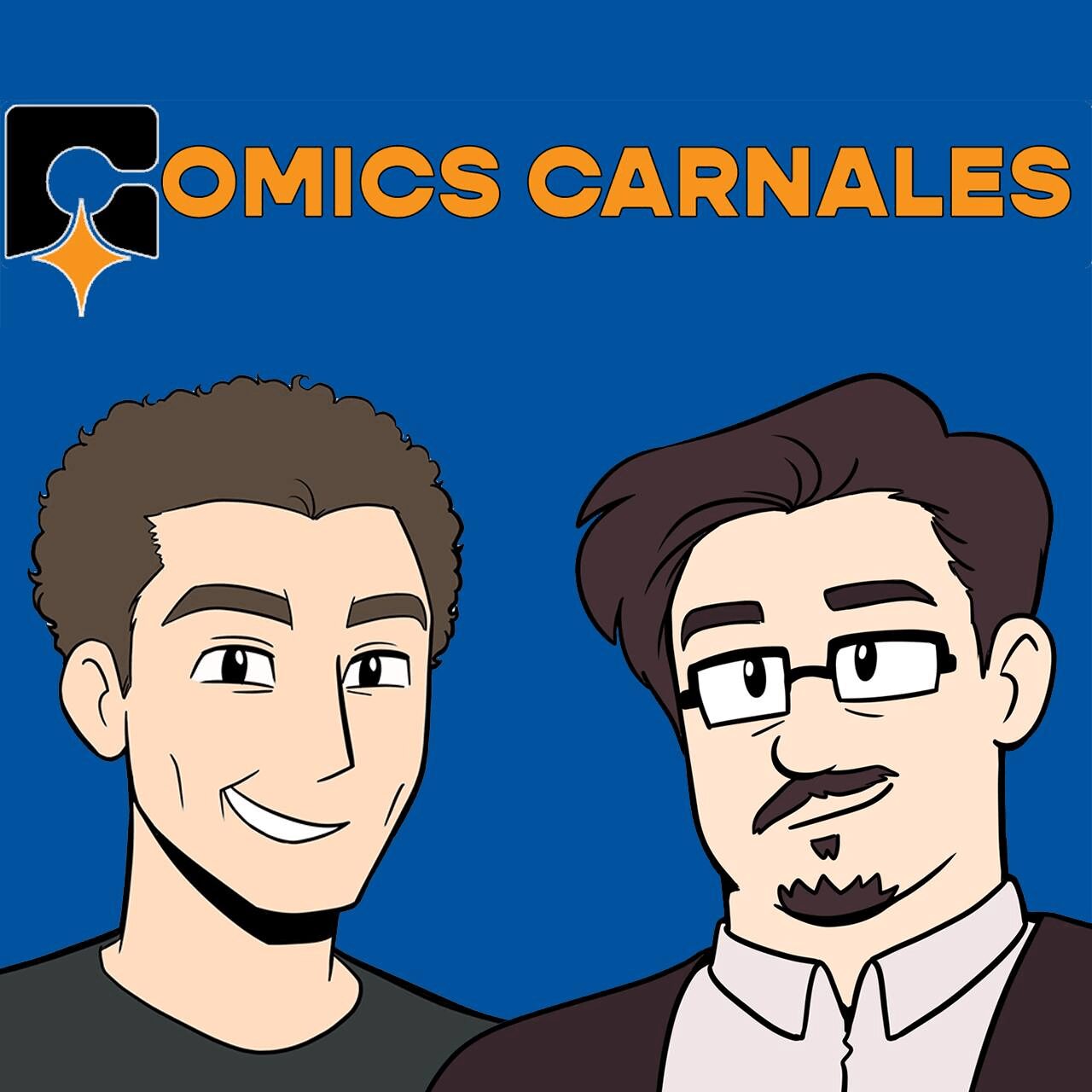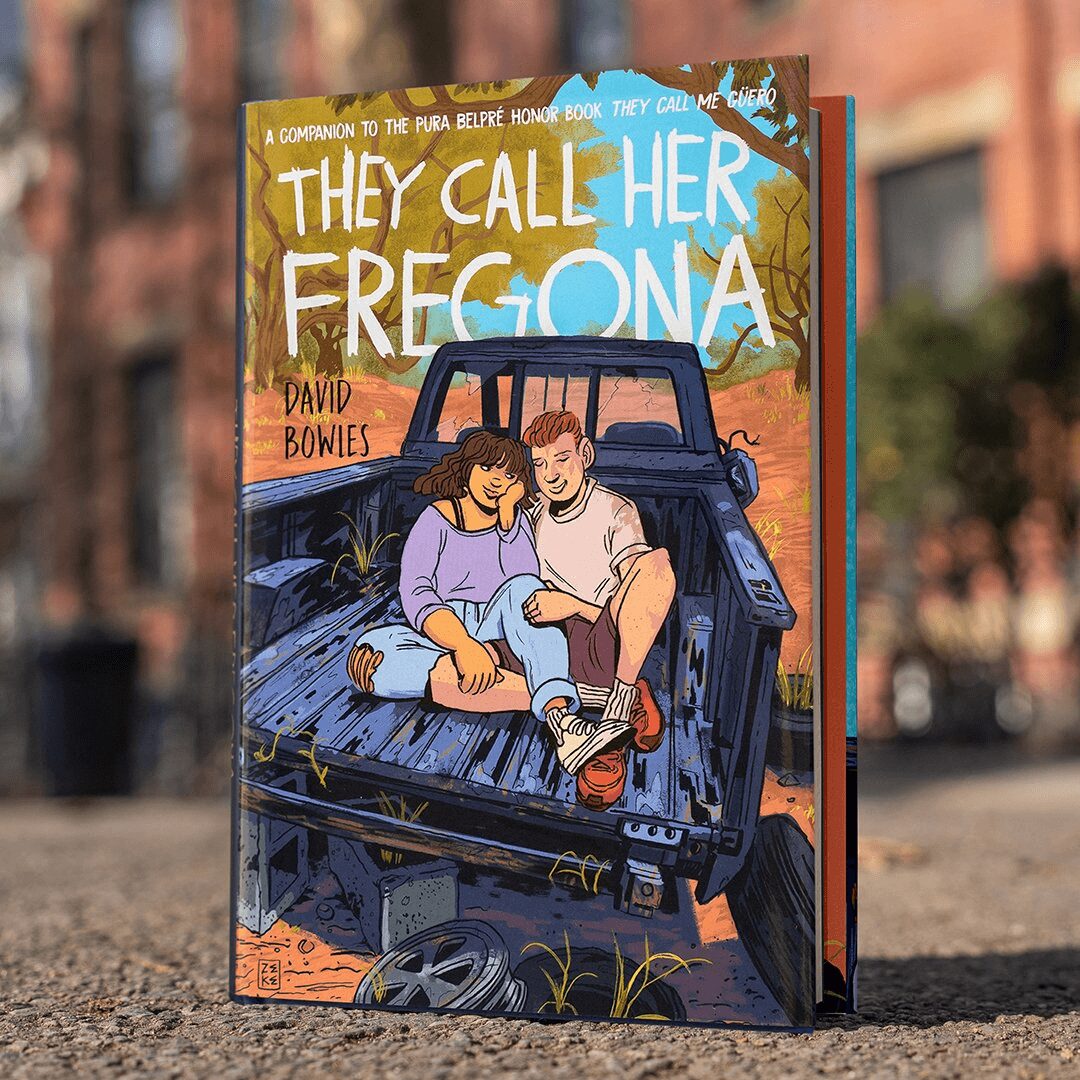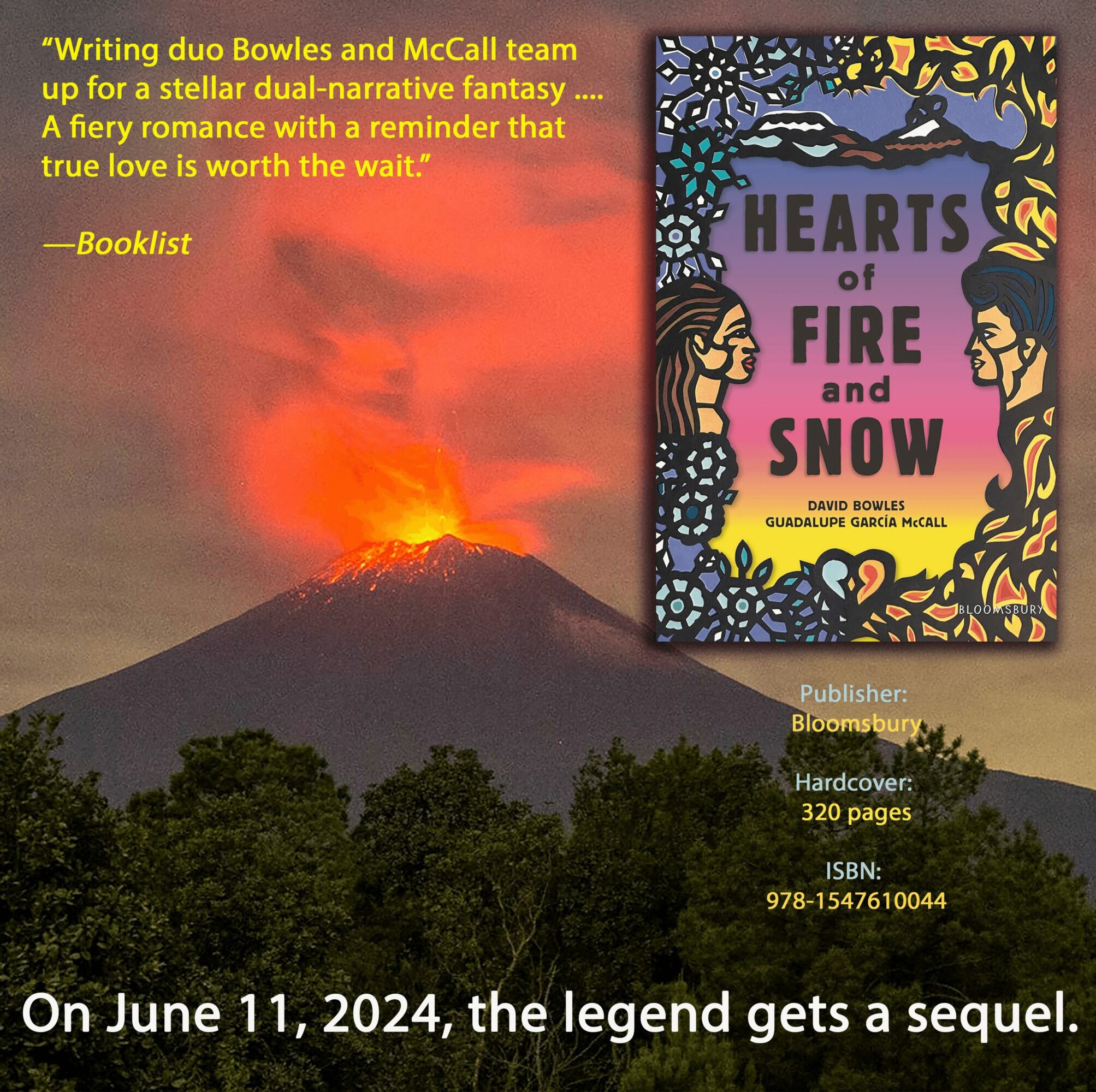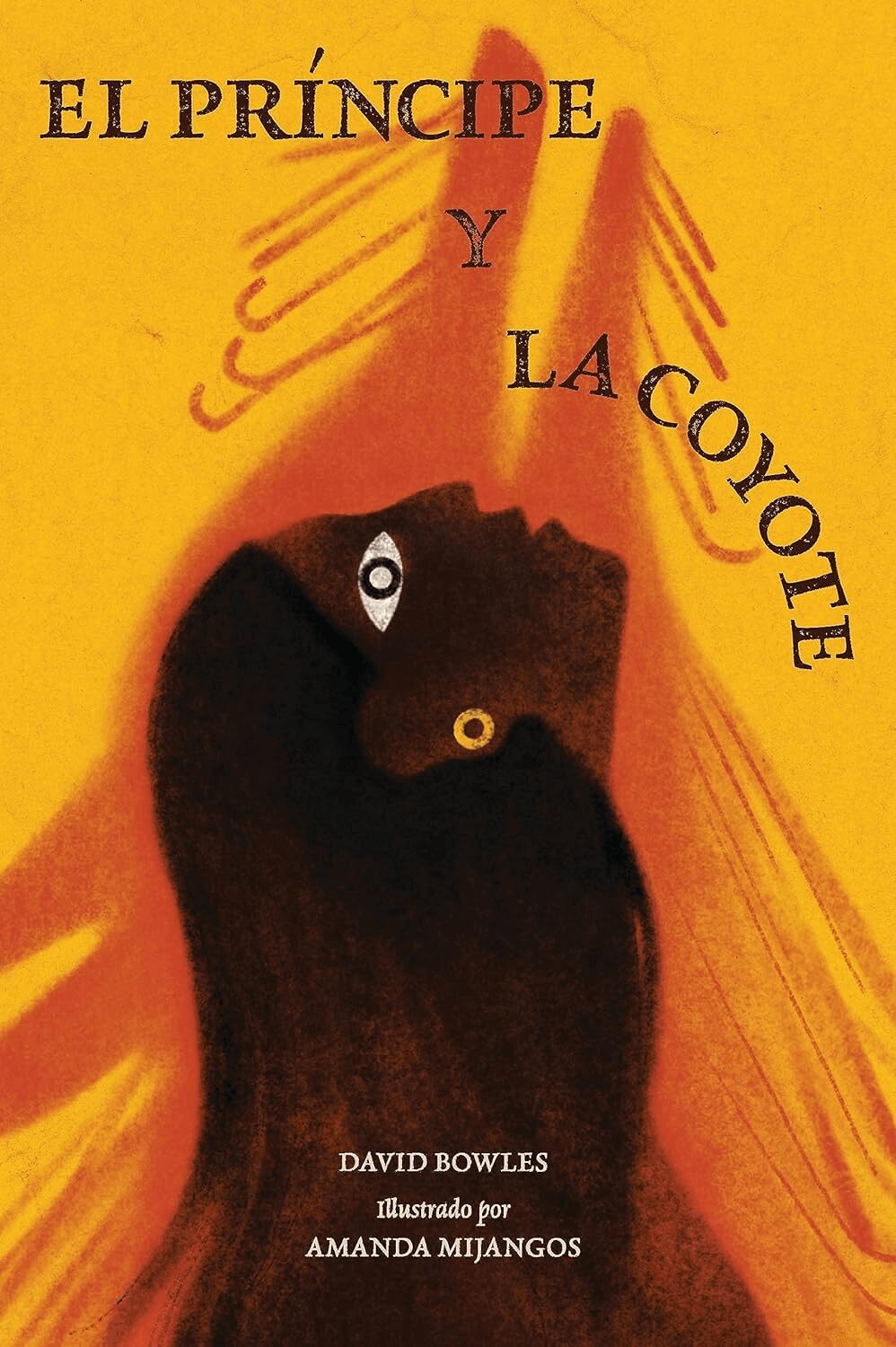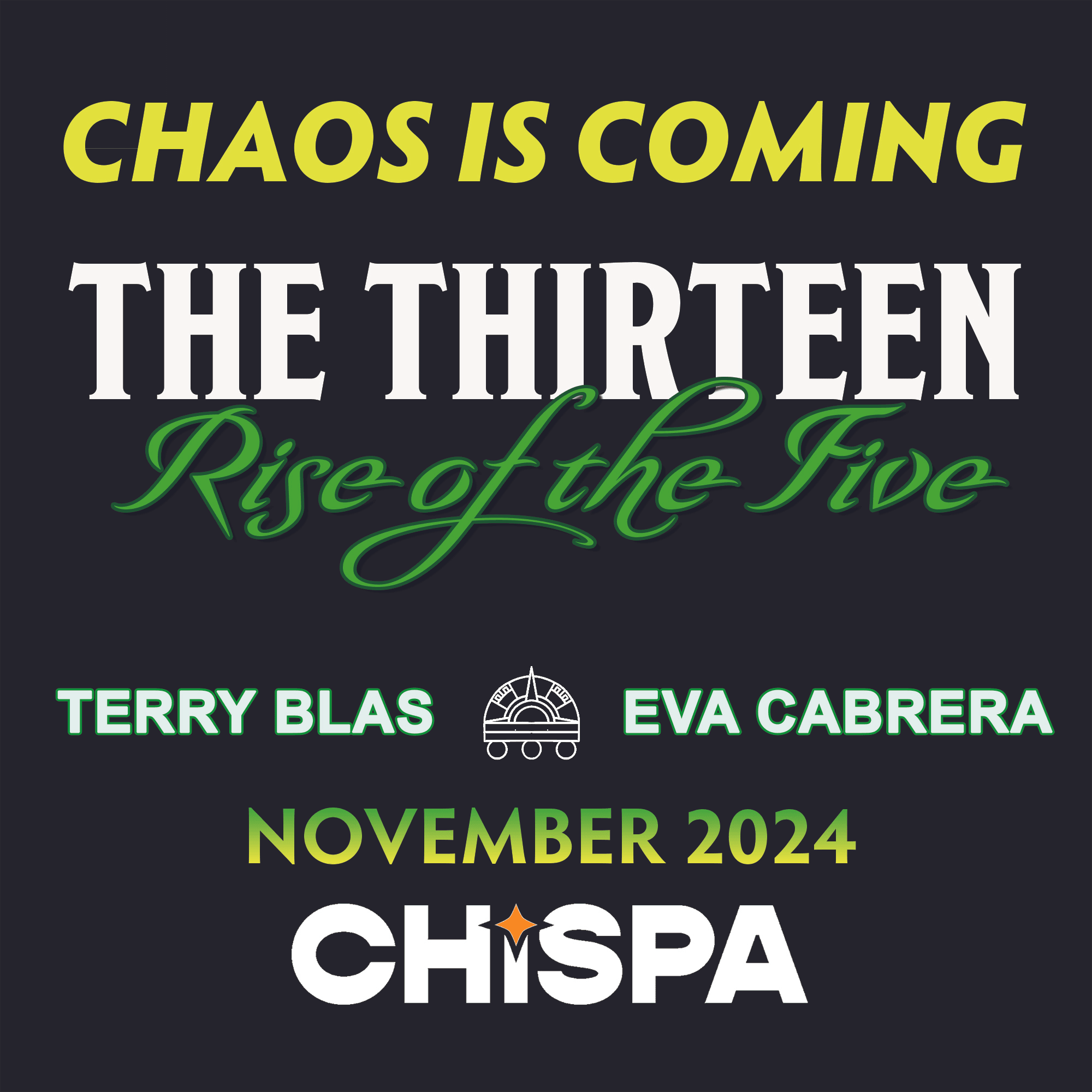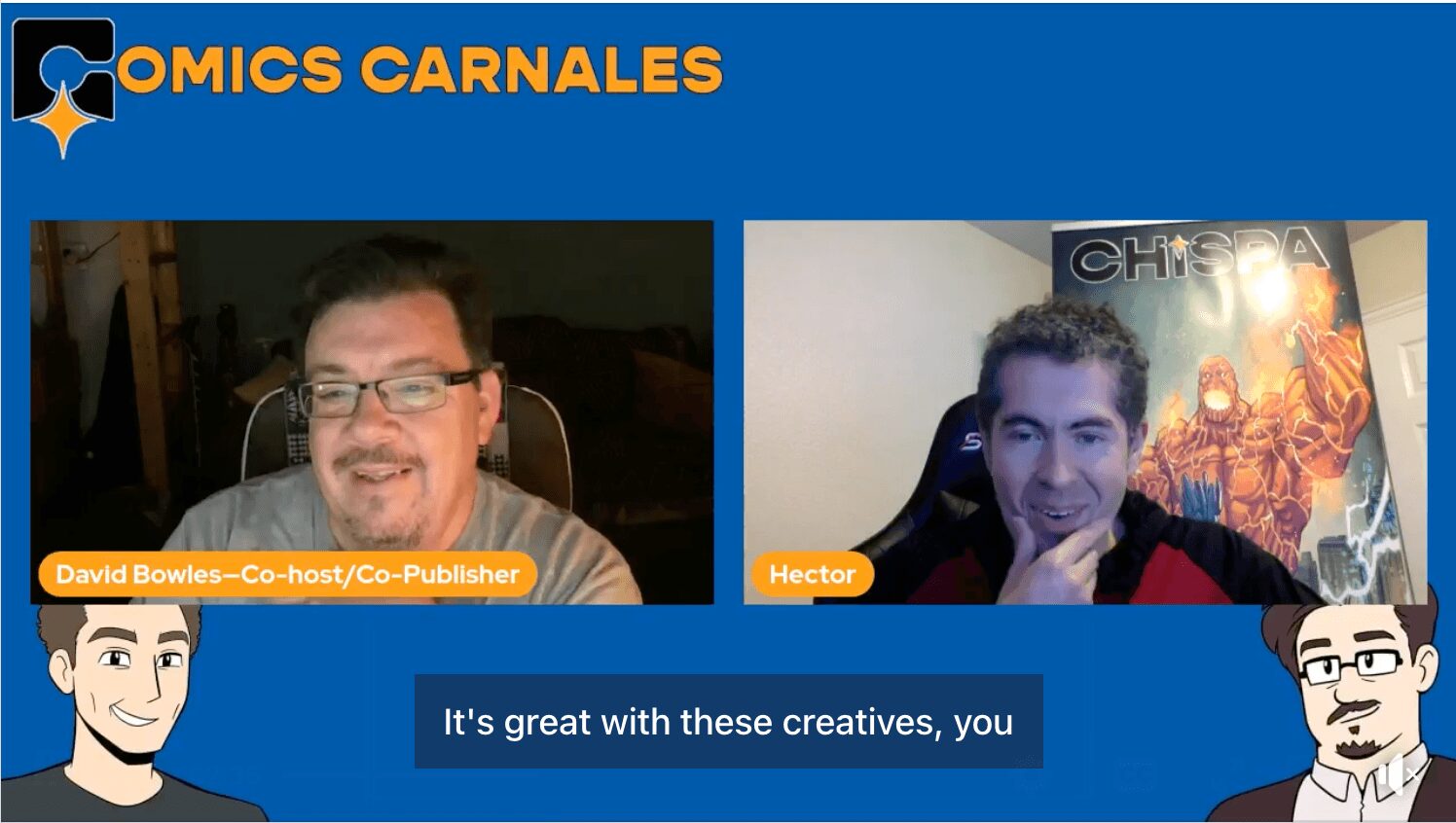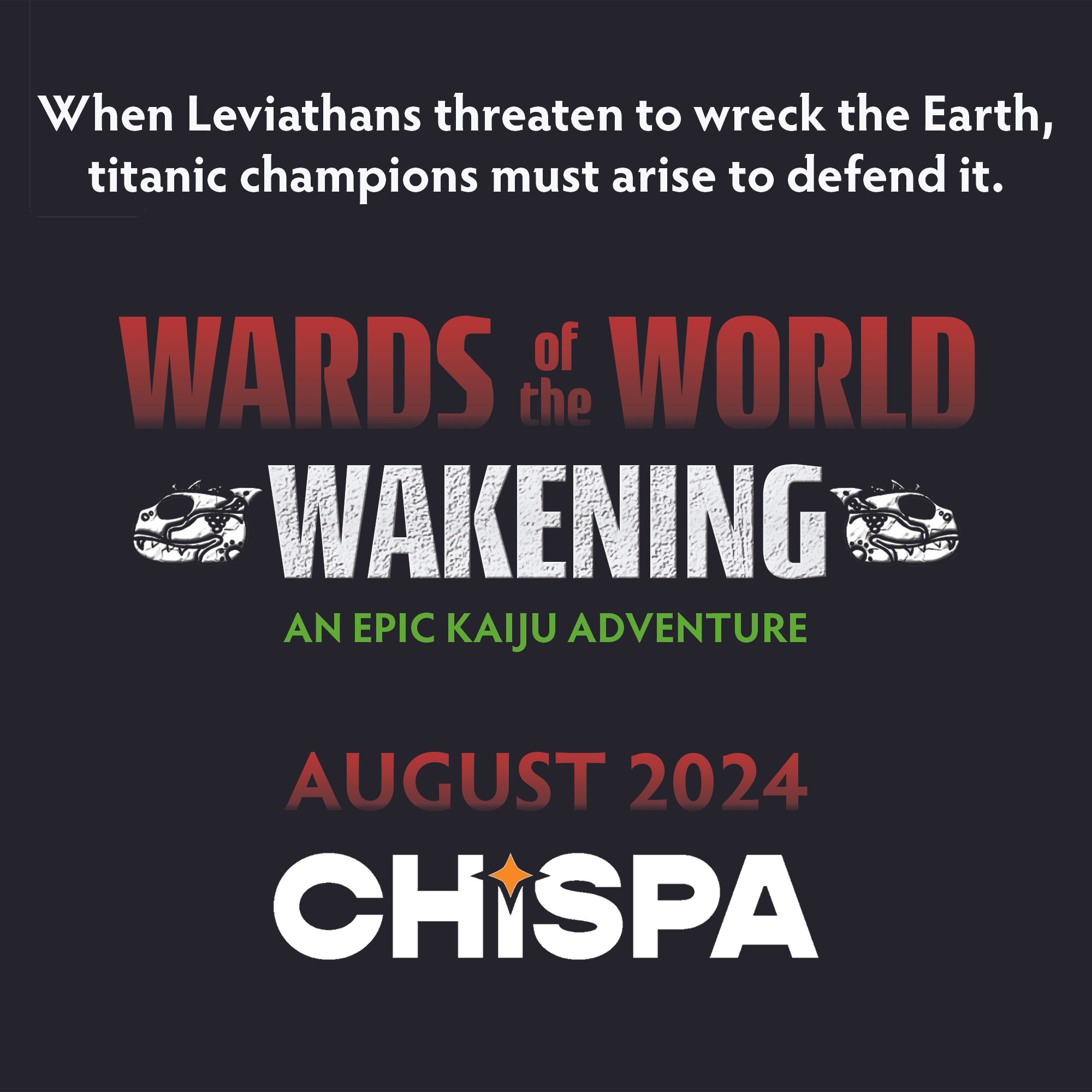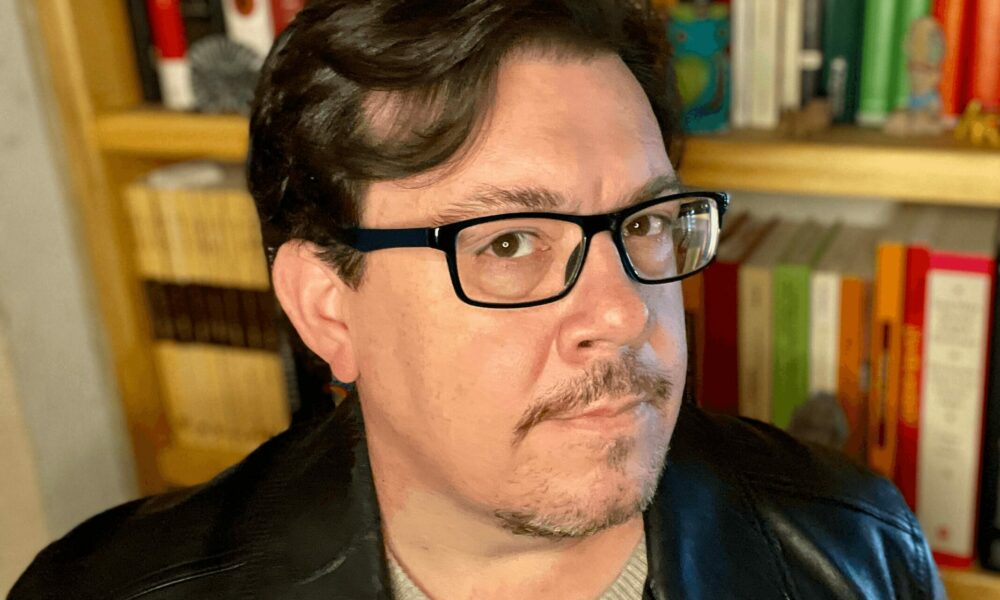

Today we’d like to introduce you to David Bowles.
Hi David, thanks for sharing your story with us. To start, you could tell our readers some of your backstory.
Growing up, I spent most of my time with my family’s Mexican side. (I only had one cousin on the Anglo side that I didn’t get along with at all.) They were all storytellers, but Grandmother Garza had us spellbound, telling us scary stories like La Llorona. I wanted to wield the magic of storytelling like Grandma Garza. I also wanted more stories. I wanted to know more. I wanted her to go beyond the endings of her stories. She told me I’d have to learn to read if I wanted more. I did. I learned to read before I got into kindergarten. I had other influential role models. My dad avidly read pulpy sci-fi, fantasy, horror short stories, and Mexican historietas (comics, graphic novels). And I had a great teacher at Lincoln Junior High in McAllen who pulled the lid off of poetry for me. As this nerdy, half-Mexican/half-Anglo kid struggling with weird identity crises, poetry helped me find my voice. Poetry was also my guide, taking me deeper into the literary canon. Eventually, I realized that I wanted to be the first in my family to go to college, where I would major in English because my dream was to be a writer. But it didn’t occur immediately that I would anchor myself in my culture, fully embracing my identity as a Mexican American writer from the borderlands.
Apart from the historietas my dad read, I needed to understand that Latinx people were creating literature. At Pan American University (UT Rio Grande Valley today), I read books written by Mexican Americans (like HOUSE ON MANGO STREET). I realized I could tap into my heritage to create. I didn’t have to ape the literature of the canon. I could retool it. It was also my first year in college when I understood I could study our folktales—those of the US/Mexico Borderlands. It was the first time I heard of gods like Coatlicue—and the rich pantheon of Pre-Columbian gods. We lived on the border. Nearly every kid in class and all the teachers were Mexican American. Yet, nobody ever talked about this because it had been erased not just here in the United States but also from my ancestors in Mexico.
So what does an aspiring writer angry at the education system do when he graduates? Become a teacher. As a seventh-grade writing instructor, I worked with students to show them that their lives, stories, culture, and language had literary value. I equipped them with ethnographic techniques for going into the field to record their family’s stories. After writing the stories down, they would add character names, backgrounds, and details of time and place. They learned to craft stories out of the raw materials of our collective heritage.
Twenty years later, having finished my master’s and doctorate, I was ready to finally pursue my dream of centering those young minds. I would write for children and teens, anchoring my books in our communal experiences as Mexican Americans. That choice would eventually lead to multiple awards and opportunities to lift other voices—through the indie press I created, multiple mentorships I do, and now the Latinx comics imprint I manage.
We all face challenges, but looking back, would you describe it as a relatively smooth road?
Reaching this point in my career has been a challenging road. When a person from an under-represented community or intersection of them (as in Mexican American and queer) chooses to center that background and identity in their work, they open themself to criticism and rejection. In my case, because I insisted on including Spanish, on not shoe-horning white characters into my narratives, on telling stories that arose from Mesoamerican traditions with complex names in Nahuatl, Mayan, and other Indigenous Mexican languages, many of my projects were rejected by dozens of agents and multiple publishers. The book that was most rejected, THE SMOKING MIRROR, finally got published by a small Australian press trying to break into the US market. It then went on to win an award from the American Library Association. I believed in that project and didn’t back down even in the face of a chorus of voices telling me readers wouldn’t receive it well. It has sold nearly 100,000 copies and has been included in the NYC and Chicago middle school curricula.
I have a long history of exclusion. Of the approximate 10,000 books published annually in the US, less than 300 are Latinx. So many gatekeepers are in place to stop those stories from getting through—and for generations. The system only allows entry to voices that resonate in the echo chamber of upper-middle-class white people from the East Coast. This filters out and erases other voices, experiences, and identities. That’s why we never see ourselves in the majority of books. This erasure denies us this fundamental intellectual and entertainment experience. Much of my early career was about hunting around for venues—often indie and university presses—willing to take risks despite their small budgets. Those books have won critical acclaim and awards, enough to get me noticed by other writers and editors. When my big break came, it was because of the reputation I’d established. Matt de la Pena mentioned to Adam Gidwitz (New York Times bestselling author) that I might be someone to contact for a new MG series from Penguin Random House’s Dutton imprint that focused on mythical creatures. Adam contacted me, and we clicked. That was my first book with one of the big five publishers, co-authored with Adam.
Based on the book that was coming out and the good reviews it was getting, Harper Collins reached out to my agent about authoring a chapter book series. They had an IP—intellectual property, an idea they’d come up with that they wanted an author to write to three kids trapped in this other world called 13th Street where there are monsters. I transformed this conceit into a Latinx STRANGER THINGS, populating it with all kinds of creatures that Latinx readers will immediately get—and with Spanish words. Right now, it’s being developed as a TV series. Those early indie publications, which made their way into print despite rejections from the more significant industry, also put me in contact with Javier Chapa of the Hollywood production company Mucho Más Media. He optioned my book BORDER LORE and hired me to help develop a TV series based on it. Though the show has yet to be made, we have worked on several other projects together (including the film THE BLACK DEMON). The comics imprint I run, Chispa, is a division of Mucho Más Media. But even now, I repeatedly come up against the same walls at this success level. Comics and films by and about Latinx folks are much more complicated to create and distribute. The system evolved to reject, not embrace, them.
I appreciate you sharing that. What should we know about Chispa Comics?
CHISPA, a distinctive Latinx imprint, was established by the indie Los Angeles production company Mucho Más Media in collaboration with Scout Comics, setting it apart from other comic imprints.
Chispa is led by David Bowles (Clockwork Curandera, Tales of the Feathered Serpent) and Héctor Rodríguez III (El Peso Hero), successful Mexican American writers and educators who have spent decades improving literacy in their communities and building capacity among Latine creatives. The two co-publishers work closely with creative director Phillip Braun and Mucho Más Media CEO Javier Chapa to showcase existing talent and shepherd, train, and provide work for up-and-coming comics writers and illustrators. Chispa then ensures that the books they create find their way into the community and the broader marketplace in which that work is sure to resonate. Aiding them in that work is their talented editorial assistant, Rachel Gentry.
Chispa publications are either creator-owned IP (like THE DUSK, from NYT Bestselling author Alex Segura or LA LOBA from Diego Molano, creator of the Cartoon Network series VICTOR & VALENTINO) or Mucho Más Media IP, written and illustrated by a variety of Latine talent (THE THIRTEEN, BLACK DEMON TALES, CATRINA’S CARAVAN). As a division of Mucho Más Media, Chispa furthermore helps broaden Latine representation and content in TV and film through adaptations of its curated titles.
What matters most to you? Why?
I am making Mexican American, Mexican, and Mesoamerican culture exciting, calm, and relevant for modern audiences of all backgrounds. No one blinks an eye at somebody writing a story about some Norse god or Greek god. People are thrilled with historical romances set in Europe during the 19th century, Korean and Chinese dramas set further back in time than that, etc. But the second you start bringing in these elements from the US Southwest, Mexico, or pre-Invasion Mesoamerica, your work is seen as weird or exotic. What I want to do is normalize the reclaiming of our history and sacred ancestral stories. I want to make them badass. It’s the perfect inroad into more excellent representation for my community and greater appreciation on the part of people who are not Latine.
Contact Info:
- Website: www.davidbowles.us
- Instagram: https://www.instagram.com/davidobowles
- Facebook: https://www.facebook.com/david.oscar.bowles
- Linkedin: https://www.linkedin.com/in/david-bowles-42150221/
- Twitter: https://x.com/DavidOBowles
- Youtube: https://www.youtube.com/@DavidBowles
